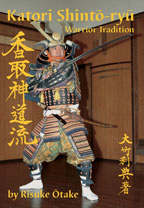The View from the Bottom
Last night, at training, my form wasn't particularly good. I've been a student of Tatsumi Ryu for several years now, and it was frustrating to be making so many basic mistakes. I came home all pent up, and sat down at the computer, trying to think of things to do to relieve the negative energy I felt. I jumped onto Flickr, and immediately saw the photo above. In that moment, this photo, taken last year in the Otway Ranges National Park, wasn't a group of trees. It was a metaphor for where I stood in Tatsumi Ryu and for the many who had climbed to lofty heights before me. It might have simply added to my woes, this symbol of my inexperience, but there is a bright glimpse of sky through those trees. Those trees are all looking up too, at the clouds, which have climbed higher still.





